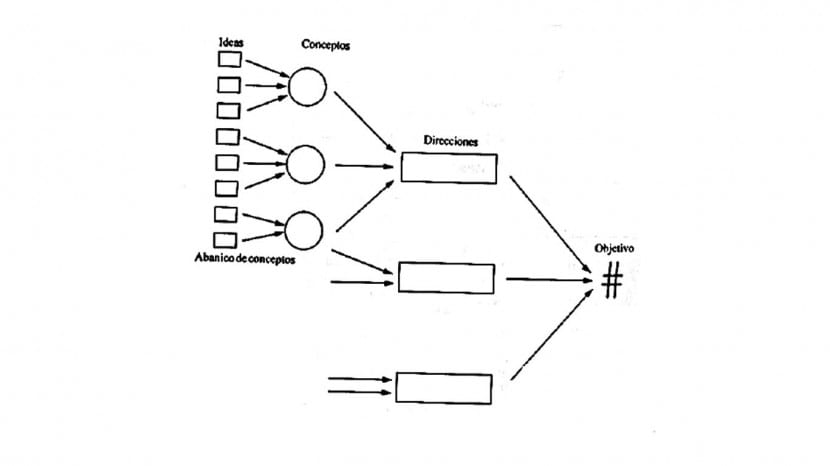
Lateral thinking or lateral thinking is a mental procedure that consists of solving problems or difficulties in a creative way. It is a way of organizing thoughts by following patterns that have traditionally been ignored by logical thinking. There are numerous formal lateral thinking techniques. Its effectiveness has been demonstrated through various circumstances and tests with different people of different characteristics. In today's post we will see some of the most used techniques inspired by the book Development of creative thinking for the University of London.
- Focus: Generally, the points of attention and creation are very well defined in our sector. To put it in some way, there is a great supply of creators in very similar ideas or concepts. However, this can be useful if we are looking to develop a creative idea. This will help us as it offers us the possibility to focus our attention on something that others have not bothered to think about before. This gives us a great advantage, and that is that we get rid of competitiveness, somehow we face virgin territory. We believe that creativity only applies to serious problems and difficulties that seem to have no solution without a creative outlet. In such cases a high degree of creative prowess is often required. There are inventors who succeed by facing really difficult problems and finding the solution that everyone was looking for. But others choose fields that no one had noticed and, with a little improvement, produce a major invention. Finding these unusual and ignored points of attention is a creative technique. And basically, this is the focus technique in choosing a new focus of attention.
- Creative questionnaire: It differs from the scientific questionnaire in that the latter involves a judgment. Creative questioning, on the other hand, does not criticize or judge or look for flaws. Creative questioning operates without the intention of judging. It is an incentive to achieve "uniqueness." The usual sequence of Western thought is: attack and criticism, and then search for an alternative. The non-western sequence is: recognition of what exists, search for possible alternatives and then comparison with the current method. The following exercise can be very useful in our creative process. To do so effectively, we will go backwards, establishing the directions that we must take to reach that goal, specifying those directions into concepts and finally unraveling a range of creative ideas from these.
- Provocation: Einstein used to carry out what he called "thought experiments." The basic idea of provocation is that we can be temporarily "crazy," even for thirty seconds. This is a very similar procedure to that used by children when they play. A way to connect and disconnect from madness with total freedom. We will achieve this by getting out of our routine, doing or thinking about things that do not make sense, that go beyond the laws of reason. Breaking our routine with little "crazy things" that we want to do will create new perspectives and break the rigid molds that constrict our creative soul. Provocation is a fundamental aspect of creativity.
- The movement: It is something basic. Without movement there would be no creativity. This is a very important step and one that must follow the provocation step. It consists of the act of moving around in an inquiring way, instead of judging whether something is right or wrong. We are not interested in getting practical and useful ideas. The funny thing is that creativity accepts many ways to achieve that goal.
